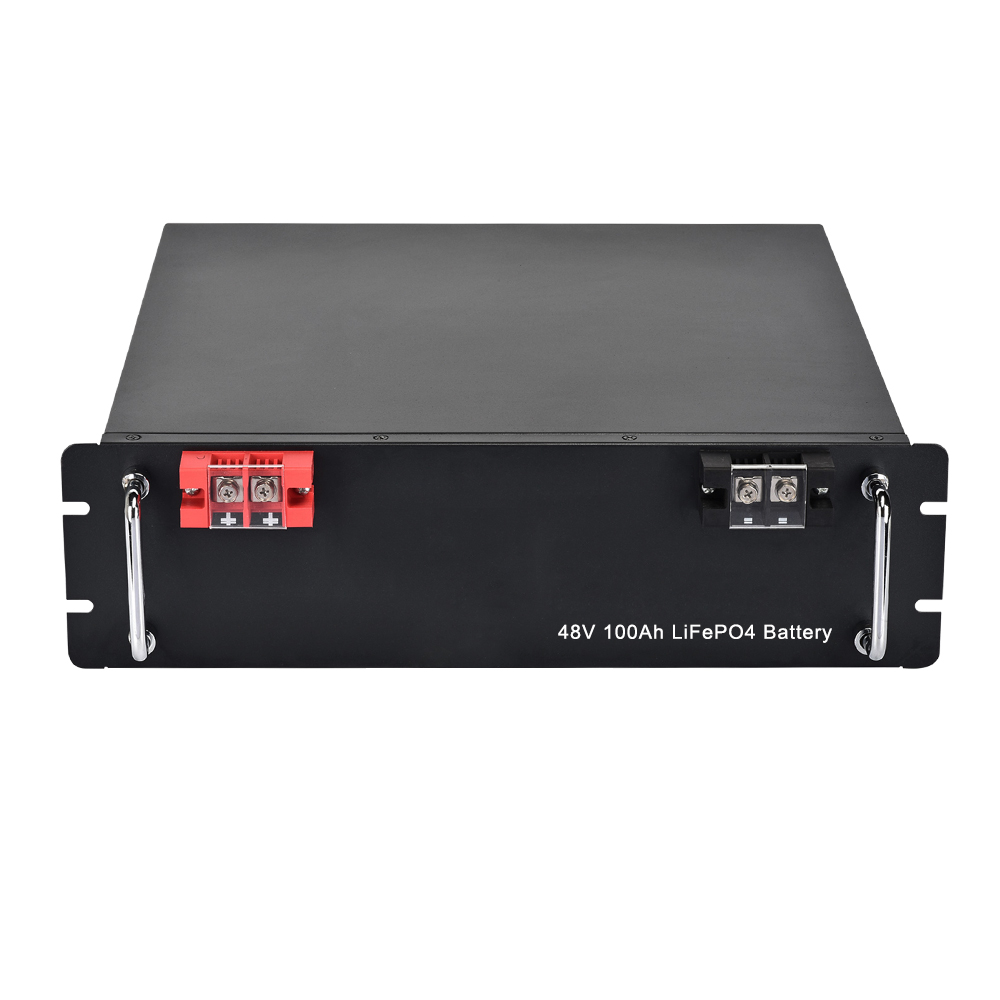The lithium battery protection board is the charge and discharge protection of the serial lithium battery. When charging, the voltage difference between the single cores is less than the set value (usually 20mV), which is very effective to improve the charging effect of the single cores in the battery pack. At the same time, it detects the overvoltage, low voltage, overcurrent, short circuit, overheating and other conditions of each single cell in the battery to protect and prolong the battery life. Low-voltage protection can prevent the battery from being damaged due to over-discharge during the discharge and use of each single battery.
The completed lithium battery configuration mainly includes two parts: the lithium battery core and the protection board. Lithium battery cells are mainly composed of positive plates, separators, negative plates and electrolyte. Many people do not know the role of anode plates, separators, cathode plates winding or overlapping, packaging, perfusion electrolyte, core packaging, and lithium battery protection plates. The lithium battery protection board, as the name suggests, protects the lithium battery. The function of the lithium battery protection board is to protect the battery, charge, flow, and output short circuit protection.
Lithium battery protection board connection

There are two ways to design the lithium battery protection board. They are bipolar and cathodic. The principle and purpose are the same. However, the device does not support software set corrections and negatives, only physical corrections. The connection determines the protection method, and the software used at the same time is also different. The following explains how to connect and operate the two protective plates.
Introduction of several wiring methods of lithium battery protection board
The commonly used protection plates for battery protection board connection are only cathode copper plate, cathode separator and anode copper plate. Other methods are not detailed. Details are as follows:
In this process, the battery protection board can use a variety of connection methods when testing on non-standard battery equipment, familiar with the connection methods, it is worth testing. The simple process is as follows:
1. Put the device on a relatively level table and adjust the flatness of the device to stabilize.
2. Ensure that the humidity of the equipment is within the range of 30% ~ 50%. High humidity is prone to leakage and electric shock accidents of the casing.
3. Access the appropriate power supply (AC220V/0.1 A), turn on the base unit power button, and turn on the corresponding power module button.
4. Ensure that the device is displayed normally and can be detected normally.
Lithium battery protection board connection method
Some lithium-ion batteries have a third temperature protection line, and some lithium-ion batteries have a battery information check line (such as a non-original battery alarm). Lithium-ion batteries are battery protection boards. Wire 3 only appears on the protection board, and the battery always has only two rows. There are two kinds of lithium-ion batteries, the obvious 3.7V can be directly replaced with non-iron-aluminum phosphate.
Replacing is simple (note the positive and negative poles).
1: Unpack the original battery and separate the protective plate from the battery with an electric iron. 2: Also remove the protective panel of the new battery and connect the battery to the existing protective panel.
